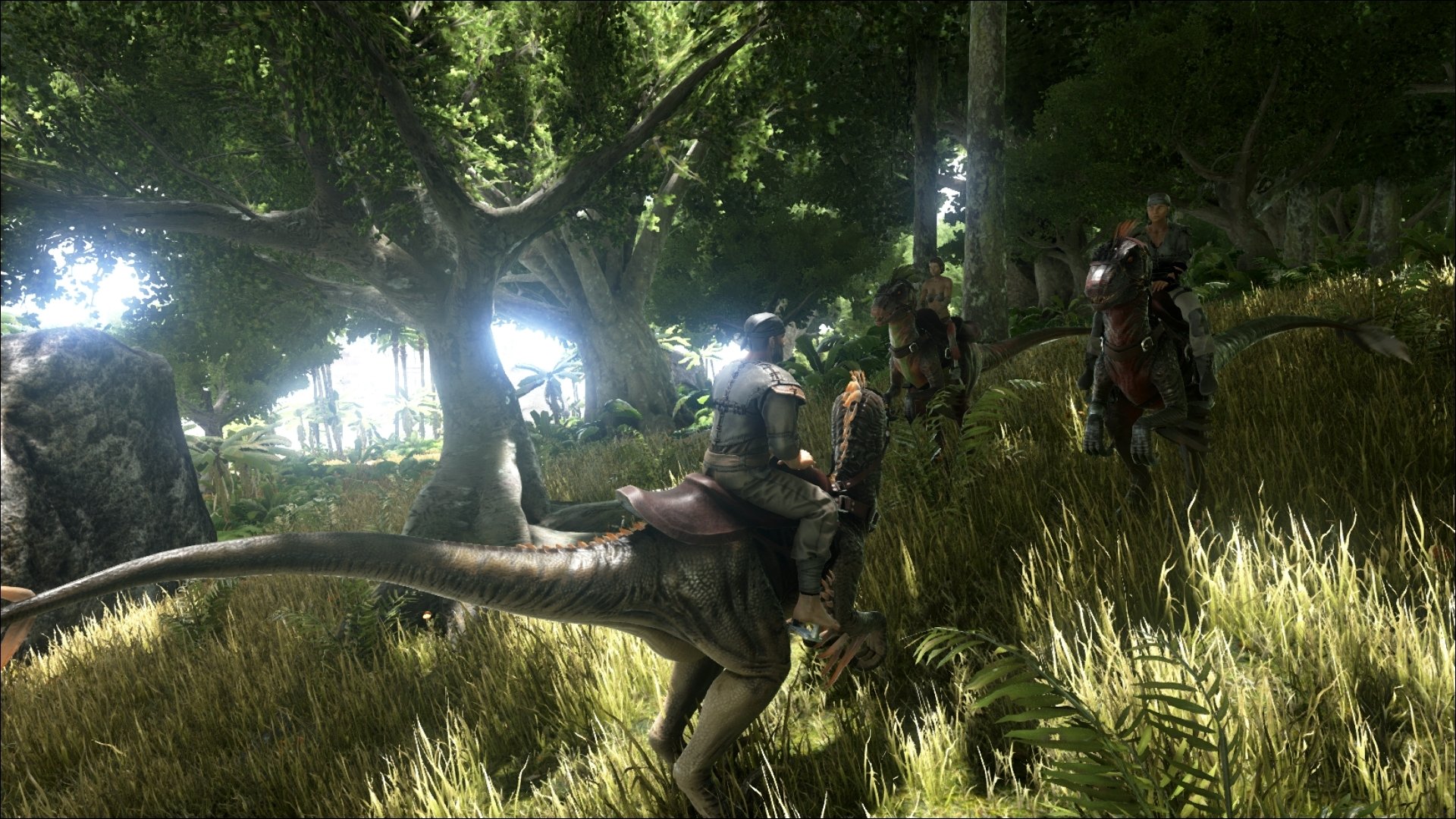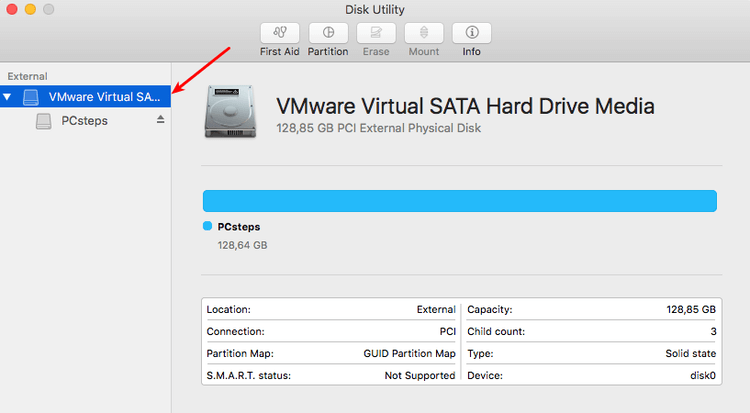

(While often slower than installing a second internal disk, this is sometimes the only alternative, and generally much easier.) Add an external disk, and move as much of your data to it as makes sense.Install a second drive and move as much of your data to it as makes sense, freeing up room on the primary drive.Remove applications you don’t use to free up space. Remove all temporary files, caches, and cruft that might be on the drive. In cases like that, a few more steps may be necessary: In the question, only 150GB of data was on that 750GB drive, so moving that data to a smaller 250GB SSD should be relatively easy.įor most people, though, the first problem is that the original drive is filled to the brim, and the data that would simply need to be transferred exceeds the capacity of the replacement drive. Third-party backup or partition management tools might be required.

If that won’t work you might need to resize the partition on the old drive to something smaller than the new before creating the image. Most backup programs will do the right thing when performing a restore and make everything fit. Create a backup image of the old drive, then restore it to the new one. Clean up, uninstall, or move things around to first make sure the amount of data on your old drive fits in the space offered by the new drive.


 0 kommentar(er)
0 kommentar(er)
